During a facilitator's course I led for improvement-teams at a particular company, we studied the flowchart, and as an exercise, we examined the process of production/processing for one of the company's flagship products.
The process included about thirty stations, with some backward and forward flow between the stations and a lot of manual labor. The product was highly profitable, but still, it seemed we might be able to shorten the process and make it more efficient. So, the course participants suggested a few significant improvements and elimination of some of the stages. Except that the company manager strongly objected to any idea that wasn't his own, and so a year and a half went by before the suggestions were implemented.
A flow chart is one of the stronger tools for resolving deadlocks
Often, when my team and I reach deadlocks, when we can't find a solution for a particular problem, one of the stronger tools we use is the flowchart. When this occurs, I stop the discussion and move on to the sketching and analysis of a flow chart. Just by drawing the flowchart, even before we ask the relevant questions, we will most likely discover some weak points in the process.
The objective when working with flowcharts:
- To detect loopholes in the process or weak points that might be a potential opportunity for improvement.
- To analyze the flow of added value.
How to work with flowcharts:
- First, we will draw the flowchart without skipping any stages, even if it appears to be of little value.
- The next step is to check each stage:
- Why we are performing this stage?
- Why this stage important to the customer?
- How does this stage physically changes the product?
- What are the costs (work time, waiting time, set-up, raw materials, consumable materials, rework, human resources, etc.)?
- Unwanted events, e.g. rejects or defects in the product.
Examining the single unit and the overall.
A comprehensive examination of each stage enables us to thoroughly study the situation without jumping to rash conclusions. However, the general view is also important. When we have finished examining all the stages and have listed our findings on the flowchart, we can identify, for example, whether a particular type of processing results in more defects.
At one company, we saw too many defects, but were unable to figure out the reason for them. A flowchart and analysis as described here, highlighted the source of the problem, which, in this case, was the multiple rinses undergone by the product.
Summary and recommendations:
A flowchart helps us to perform a precise evaluation of reality and to come up with ground breaking solutions. When we are accompanied by a team and examine the facts in a structured manner, we are already creating the conditions for finding better answers and solutions. It's easy when we are assisted by one of the more popular tools, that of the flowchart.
This is one of the tools developed by Professor Ishikawa Kaoru at the beginning of the 1960's. Some of Kaoru's other developed tools include fishbone, brainstorming, etc.
I highly recommend studying this technique and working with it.



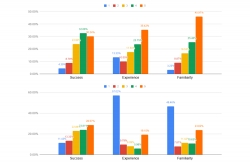

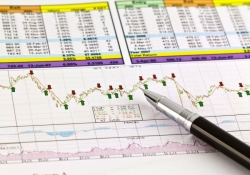

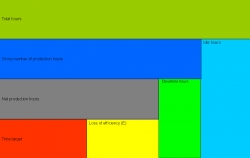
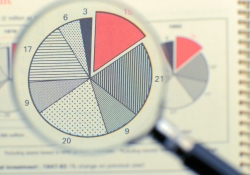
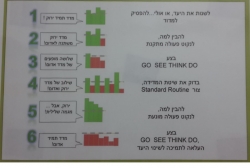
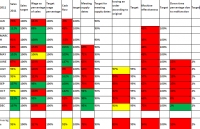

 My First Book: Manage! Best Value Practices for Effective Management
My First Book: Manage! Best Value Practices for Effective Management